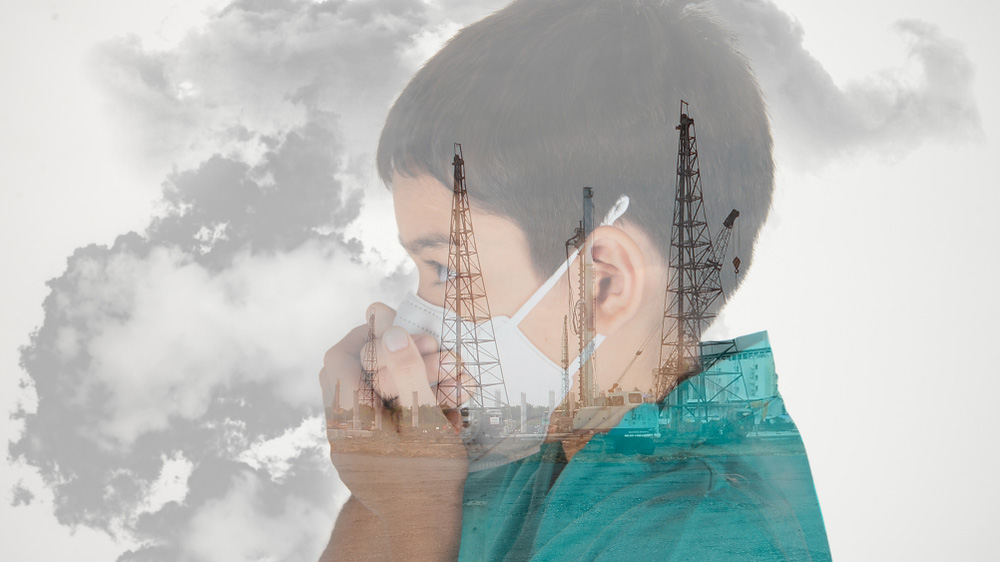Imagine breathing clean air, walking through a lush forest, or drinking crystal-clear water. It sounds dreamy, doesn’t it? But it’s not just about sensory pleasure: living in a healthy environment is also about protecting our bodies from a myriad of diseases caused by pollution. Polluted air, contaminated water, polluted soils: all these invisible threats weigh heavily on our health. As pollution causes diseases, let’s explore together why a healthy environment is our best weapon for staying in top shape!
Pollution causes Diseases : A Hellish Couple
Pollution, this insidious evil, affects our bodies far more than we might think. The air we breathe is often filled with fine particles, ozone, and other toxic pollutants. These substances enter our lungs, causing respiratory diseases like asthma, chronic bronchitis, and, in extreme cases, lung cancer. But that’s not all: these fine particles can pass into our bloodstream, increasing the risk of cardiovascular diseases.
Water pollution is equally devastating. Drinking water contaminated with heavy metals or chemicals can cause digestive disorders, serious infections, and even cancers. Polluted soils, in turn, contaminate our food and expose us to harmful substances. The statistics are clear: according to the WHO, nearly 7 million people die each year due to air pollution.
What is a Healthy Environment?
A healthy environment is a space where the quality of air, water, and soil preserves human health. This involves several elements:
- Clean air: Little to no air pollution, with green spaces acting as natural lungs.
- Clean water: Free from chemical and biological contaminants.
- Unpolluted soils: Ensuring healthy agriculture and thriving biodiversity.
- A balanced living environment: Green spaces for relaxation, infrastructures that reduce nuisances.
This idyllic setting is not out of reach. Many initiatives show that it is possible to reduce the impact of pollution and foster a healthy environment.
The Benefits of a Healthy Environment on Health
A healthy environment acts as a real protective shield against diseases. Here’s how:
- Reduction of respiratory diseases: Clean air reduces exposure to fine particles and other irritants, decreasing asthma attacks and lung diseases.
- Improved cardiovascular health: Breathing better quality air reduces pressure on the heart and blood vessels.
- Fewer digestive infections: Clean water prevents bacterial and viral contamination, protecting our digestive system.
- Better mental health: Green and natural spaces promote relaxation, reduce stress, and improve emotional well-being.
- Reduced cancer risk: Less exposure to pollutants in the air, water, and food means reduced exposure to carcinogenic substances.
Actions for a Healthy Environment
The good news is that everyone can contribute to a healthier environment. Here are some steps:
- Promote clean energy: Adopt renewable energies like solar and wind to reduce greenhouse gas emissions.
- Plant trees: Trees absorb CO2, filter pollutants, and beautify our surroundings.
- Reduce waste: Less plastic, more recycling to limit soil and water pollution.
- Support organic farming: Choose local and organic products to avoid pesticides and encourage sustainable farming practices.
- Raise awareness and educate: Inform citizens about the impacts of pollution and encourage eco-friendly behaviors.
Initiatives That Make a Difference
Many cities worldwide have taken steps to clean up their environment. For example:
- Copenhagen aims to become the world’s first carbon-neutral capital by 2025 through cycling infrastructures and renewable energies.
- Bogota promotes cycling with countless bike lanes.
- Tokyo has invested heavily in air filtration technologies to combat smog.
These examples show that change is possible if we have the will and resources.
Conclusion
Breathing clean air, drinking healthy water, enjoying green landscapes: it’s not just about comfort; it’s a necessity to protect our physical and mental health. A healthy environment is an investment in our present and future well-being. So, let’s roll up our sleeves and take action, because every step counts to make our planet a haven of health!
Sources :
- World Health Organization – “Air pollution and health”
- Environmental Protection Agency – “Health effects of air pollution”
- National Geographic – “How pollution affects human health”
- The Lancet – “Impact of environmental pollution on public health”
- Harvard University – “Pollution and its health consequences”


